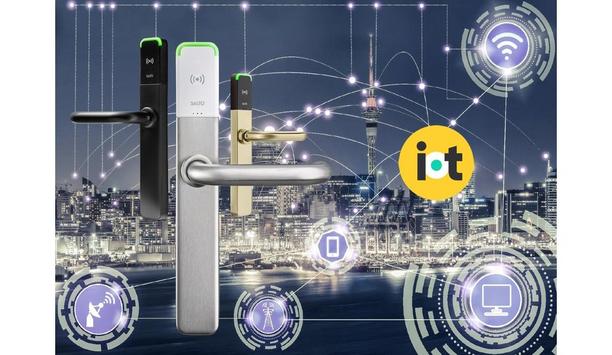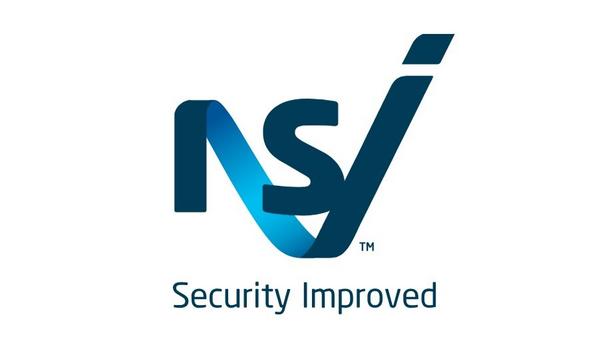Iris ID, the pioneer in Iris recognition technology for 25 years has been supporting the FBI since the initial pilot of the Next Generation Identification (NGI) Iris Service in 2014.
The Iris Service affords law enforcement and criminal justice community economies of scale by utilizing highly efficient Iris biometric technology, which is fast, accurate, and contactless. As a biometric, Iris is regarded as the most accurate modality over either fingerprint or facial recognition and is second only to DNA.
Iris Service
The Iris Service gives law enforcement and government agencies access to the largest repository of Iris biometric data records associated with fingerprint & face images. The Iris Service provides an Iris-only search capability for 1-N identification which can speed up the intake process in the case of recidivism.
All enrollments submitted to the Iris Service currently include a ten-print record associated with the Iris. All Iris data stored in the Iris Service repository are therefore linked to a ten-print fingerprint record.
FBI’s repository
In September 2020, the FBI officially rolled out the Iris Service as part of the NGI platform
In September 2020, the FBI officially rolled out the Iris Service as part of the NGI platform. Iris ID was the lead supplier of Iris image collection technology in the initial pilot in 2014 and remains the lead supplier to the majority of the Iris Service users.
Since becoming fully operational, the Iris Service has amassed approximately 2.5 million identities within the FBI’s repository and fifteen million identities in other federal government databases for searches. The Iris Service repository alone is growing quickly near a rate of 100,000 new identities monthly thereby increasing the intrinsic value of an Iris search.
NGI Iris Service
Iris ID has presentation attack detection (PAD) built into its line of Iris collection devices; FBI/CJIS also has recently added PAD to the ingestion process in the NGI Iris Service.
The Iris Service is a robust identification tool that offers multiple applications including emerging mobile capabilities. Coupled with Iris biometric technology, the Iris Service becomes an ally to law enforcement, especially in high-volume environments such as prisoner transportation or release, probation, parole, court appearances, border control management, and future services.
Iris recognition technology
Iris recognition technology is helpful to FBI and partner agencies because it identifies enrolled people
“The high growth rate of the repository and adoption of the Iris ID supplied technology is a testament to the increasing appeal of Iris recognition,” said Mohammed Murad, Vice President, Iris ID Global Business & Development.
Iris recognition technology is beneficial to the FBI and partner agencies because it identifies enrolled individuals with up to 99% accuracy, has rapid processing with two seconds average capture time and less than 20 seconds demonstrated response time. Iris images are also used for the duration of the person’s life without fear that the images are no longer usable unlike fingerprints which can be worn or mutilated, or facial recognition which can be rendered inaccurate due to a number of factors including partial covering.
Iris ID cameras
An Iris is shown to be stable over a person’s lifetime and anti-spoofing (PAD) technology is very mature. In response to market demand, most Iris ID cameras capture both NIR Iris images and color mugshots in a single step at a distance and are compatible with booking stations.
There are currently about 675 Law Enforcement locations in the US contributing to NGI Iris Service from 250 agencies and we expect to see that number continue to grow. Department of Homeland Security (DHS), Border Patrol has over 2600 workstations installed enrolling to NGI each and every day.
Learn why leading casinos are upgrading to smarter, faster, and more compliant systems


























